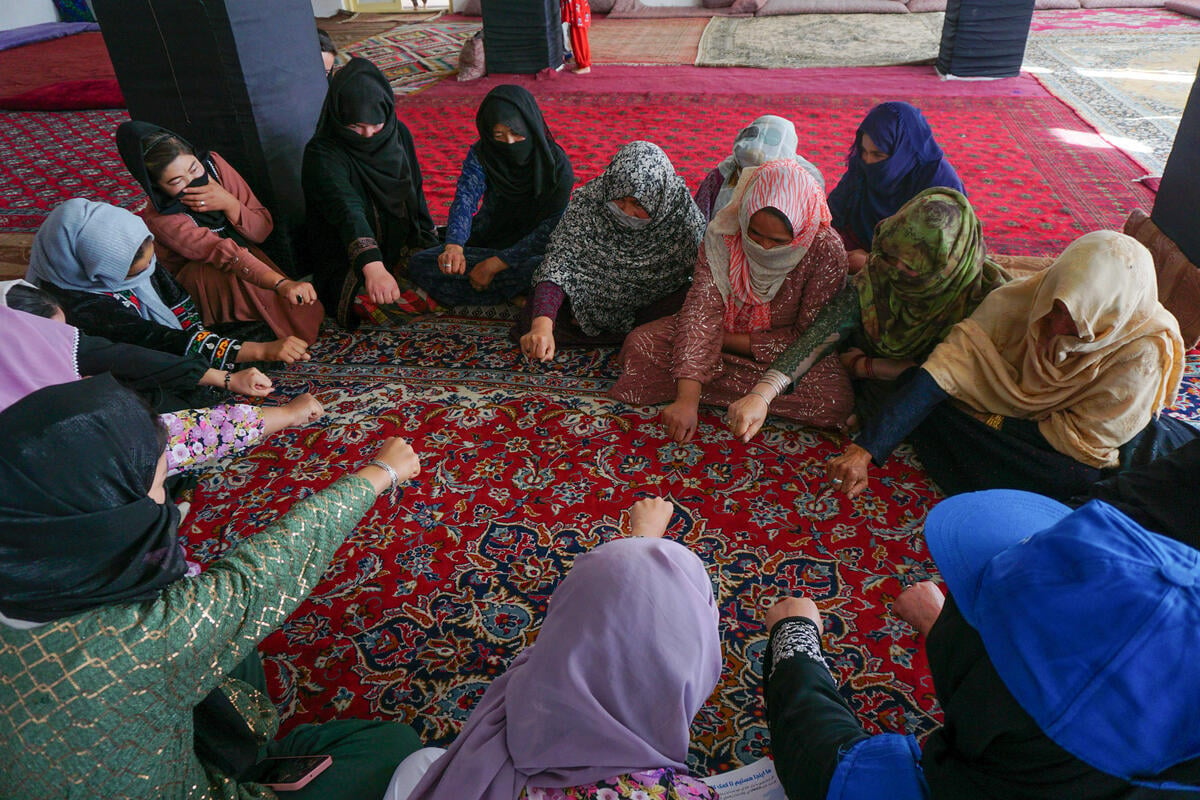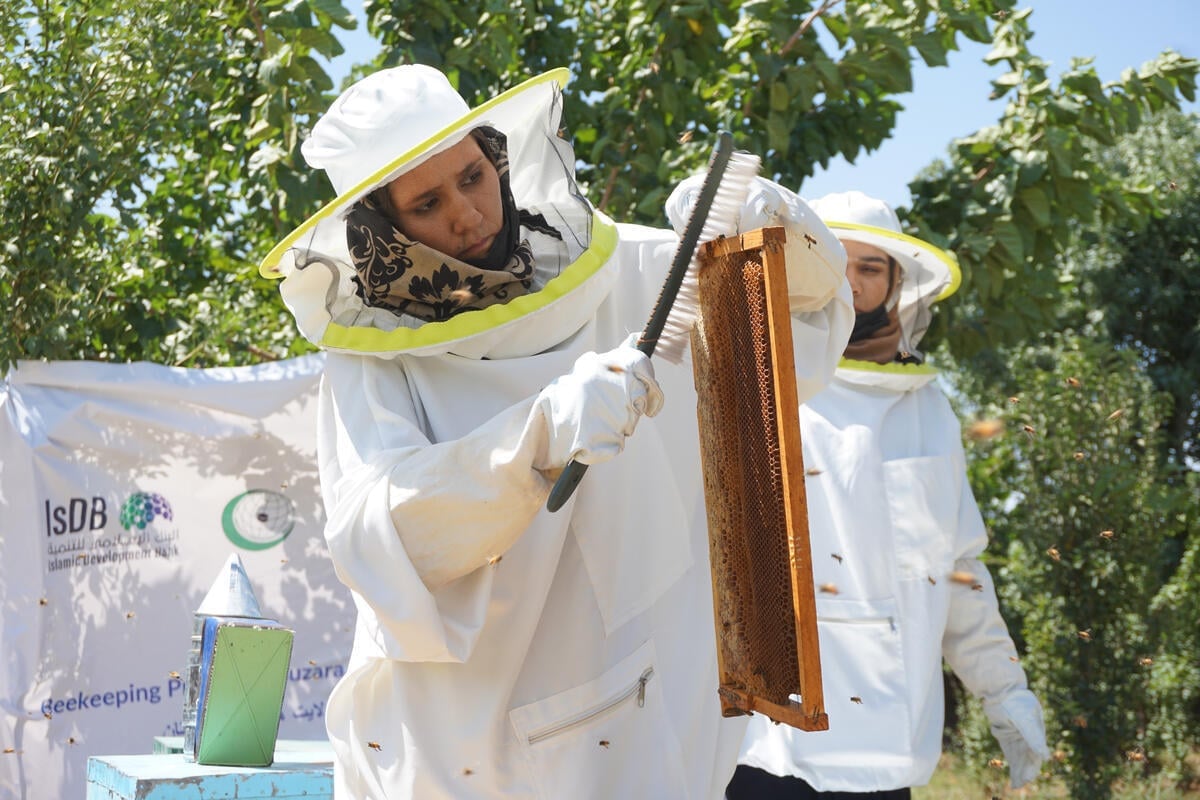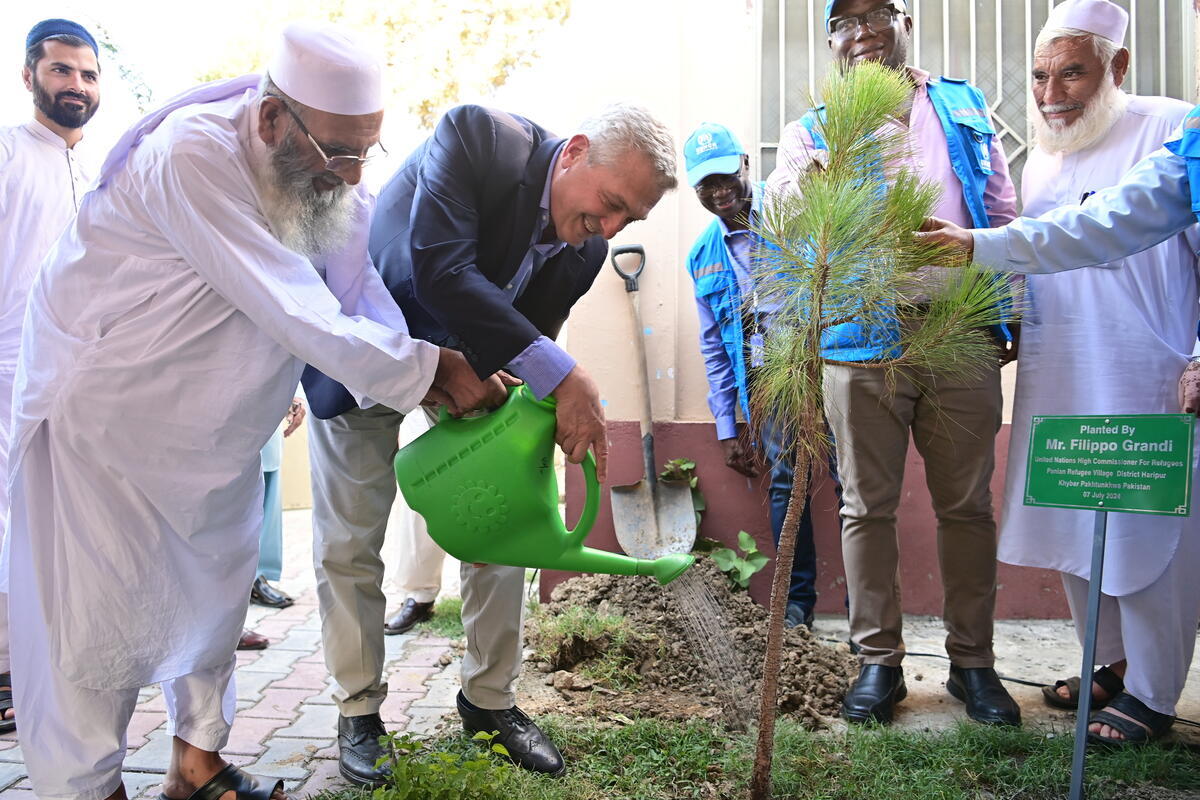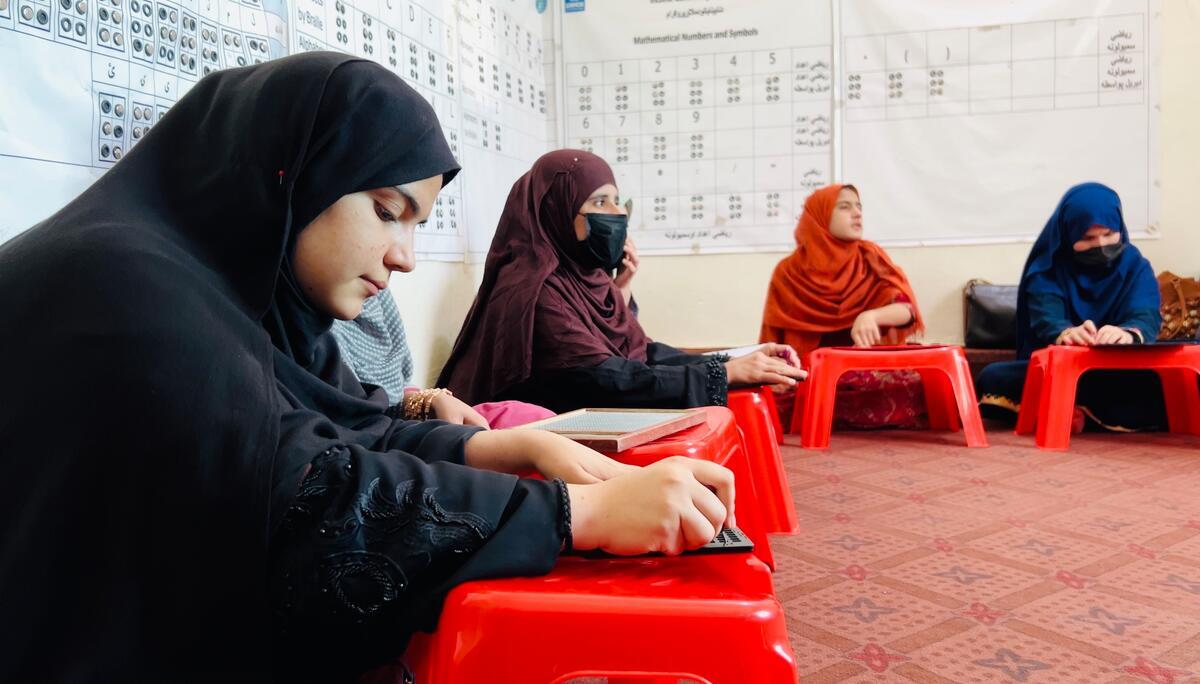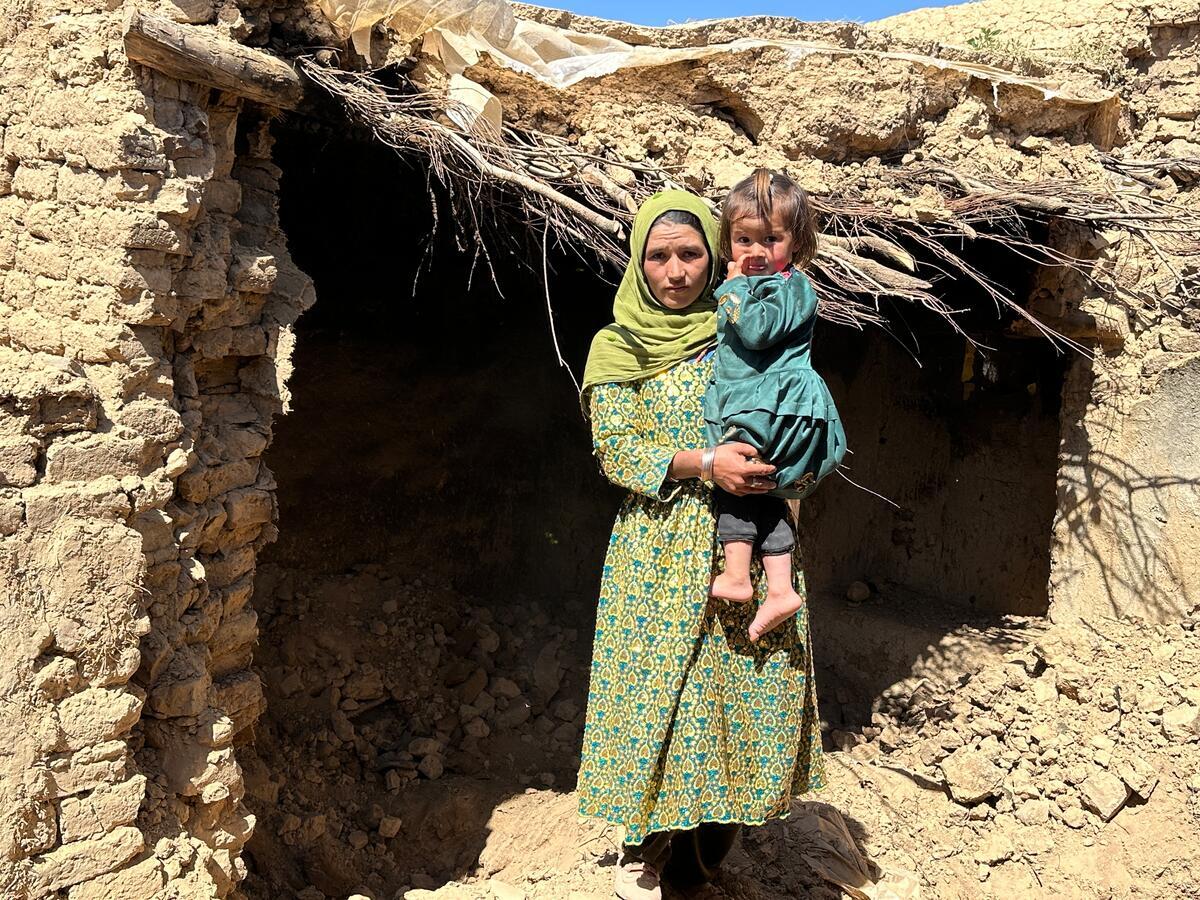Afghanistan: 50,000 returning per week
Afghanistan: 50,000 returning per week
The number of Afghans who have repatriated from Pakistan since the joint repatriation programme began on March 1 is set to reach 150,000 by this evening or tomorrow morning. They are now returning at a rate of 50,000 a week. Yesterday alone, more than 14,000 returned through the Takhta Baig registration centre near Peshawar. This is a phenomenal rate of return so early in the year, and is reminiscent of 1992 when 1.2 million Afghans returned from Pakistan alone in eight months after the fall of the Communist government in Kabul.
The speed of the return is in danger of outstripping the receipt of funds, and UNHCR is once again urging donors to keep pace with the return movement. As of today, we have received US$ 128 million out of a total of US$ 271 million requested in the last appeal - and we have disbursed all but US$ 2 million of that. If the numbers returning continue at such a rate, then obviously we may have to revise the appeal upwards.
The number of people waiting at the Chaman border with Pakistan has risen by another 10,000 over the past week. There are now more than 40,000 people in the waiting area near the border, most of them apparently fleeing the effects of the drought that has had such a devastating effect on Afghanistan over the past four years. However, some of the group have been expressing interest in returning to their home areas, and a UNHCR team is discussing this with some of the elders today.
Yesterday WFP started a one-time distribution of food. A total of 7,000 families (some of whom have been in the waiting area for more than five weeks) will receive a food ration for 15 days. The remaining 2,200 families will be assisted by a donation of rice from the government of Pakistan. UNHCR and its partners are working to improve the conditions - including the water supply, sanitation and health facilities in the waiting area.


